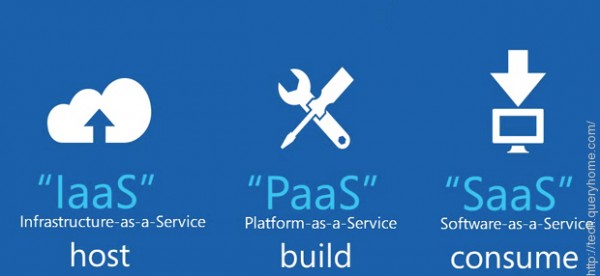Cloud Delivery Models
There are three delivery models (also called layers in a cloud stack) that deliver software, application platforms, and infrastructure respectively:-

SaaS
SaaS is a delivery model that provides access to software and its functionality as a web service through the internet on demand.
Traditionally, organizations follow a standard approach to work with documents, data, or to develop business applications. They acquire licensed software, purchase the necessary operating system, hardware and other resources, and then install the software. From time to time, the licensed software ( and hardware) may require maintenance and up gradation. All these activities consume time, money, and effort in the long run.
This led to the emergence of SaaS, a software delivery model in which applications hosted by a vendor are available to end users through the internet.
The fees for SaaS applications or services are subscription based monthly fees, a pay-as-you-use model, which costs much lesser than actual licenses.
Google Docs and Gmail are some of the most well-known examples of SaaS.
PaaS
PaaS is a delivery model that provides a platform as a service through the internet or a network, enabling developers to deploy their applications on the cloud.
A PaaS vendor provides a platform as a service through the Internet or a network. PaaS enables customer created applications to be deployed on the cloud. It offers on-demand elasticity, scaling the platform or runtime environment up or down as required.
PaaS is also called as cloudware because it moves resources from desktop PCs to the Internet cloud.
IaaS
IaaS is a delivery model that provides processing capabilities, storage, and networking components through the Internet.
An IaaS vendor provides you the infrastructure you need for developing your applications, such as network, processing capabilities, and data storage. This infrastructure is elastic and available on-demand.
With the IaaS model, a customer could be anyone who needs a development environment, hardware and network resources for creating software.
